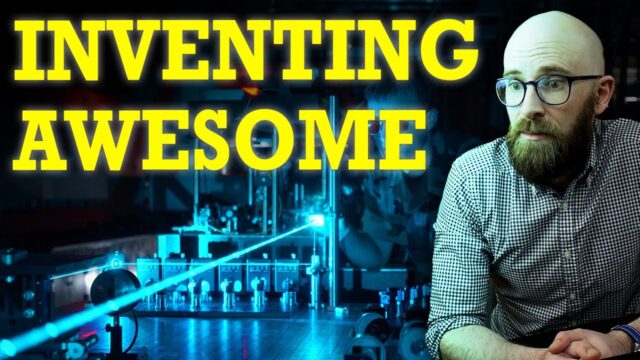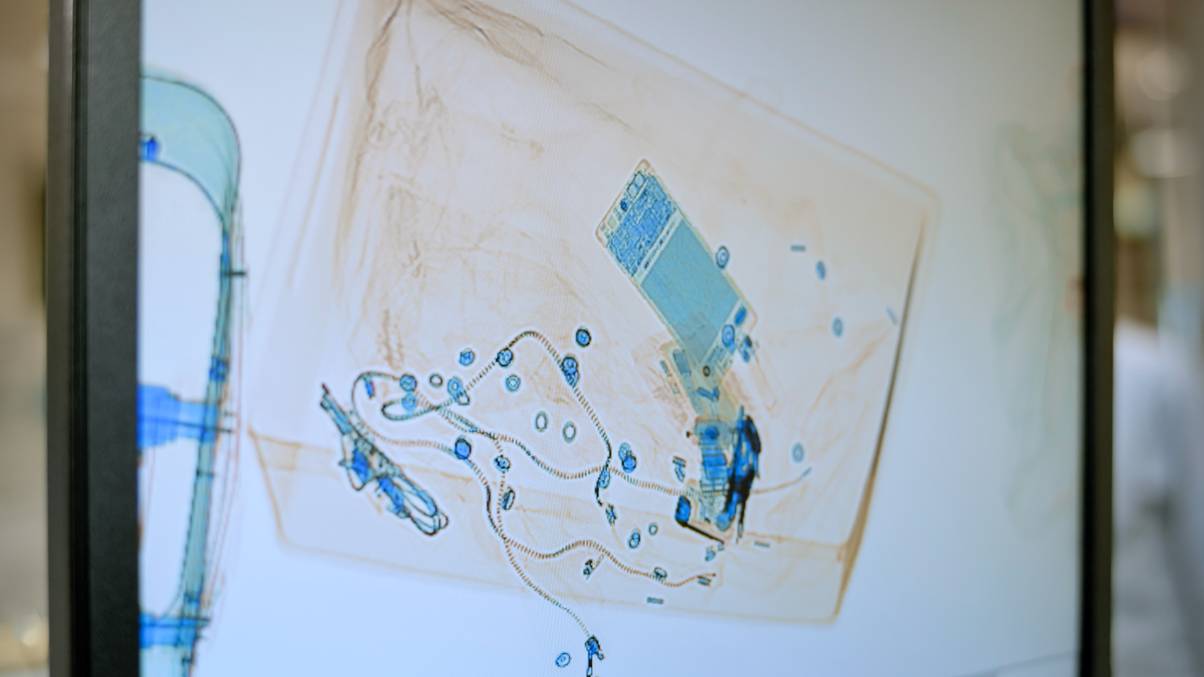“Unlocking the Light: The Genius Behind Lasers and Their Astonishing Secrets Revealed!”
At the time, however, Einstein’s theoretical scenario was considered impossible to test. This is because the atomic energy levels in any given substance typically follow the Maxwell-Boltzmann distribution, meaning that very few atoms were in a suitably excited state at any given time. This, in turn, meant that stimulated emissions, if they did occur, would be too rare to be reliably detected. In 1928, German physicist Rudolf Ladenburg was studying the emission and absorption of light in gas discharge tubes when he detected light emissions similar to those predicted by Einstein. However, Ladenburg, like most of his contemporaries, was too blinded by the orthodoxy of the Maxwell-Boltzmann distribution to recognize the significance of his observations. And so, Einstein’s ideas about stimulated emission continued to languish in obscurity for another two decades.
The next major milestone in the development of the laser was the 1940 invention of the cavity magnetron by British physicists John Randall and Harry Boot of the University of Birmingham. The magnetron, which could generate centimetre-wavelength microwaves, allowed for the construction of compact, extremely precise airborne radar sets, and was instrumental in securing Allied air supremacy during the Second World War. After the war, the ready availability of surplus radar equipment inspired a flurry of research and technical developments, including the discovery of magnetic resonance – now used in medical MRI machines; the invention of the microwave oven; and the creation of the laser’s earliest ancestor.












